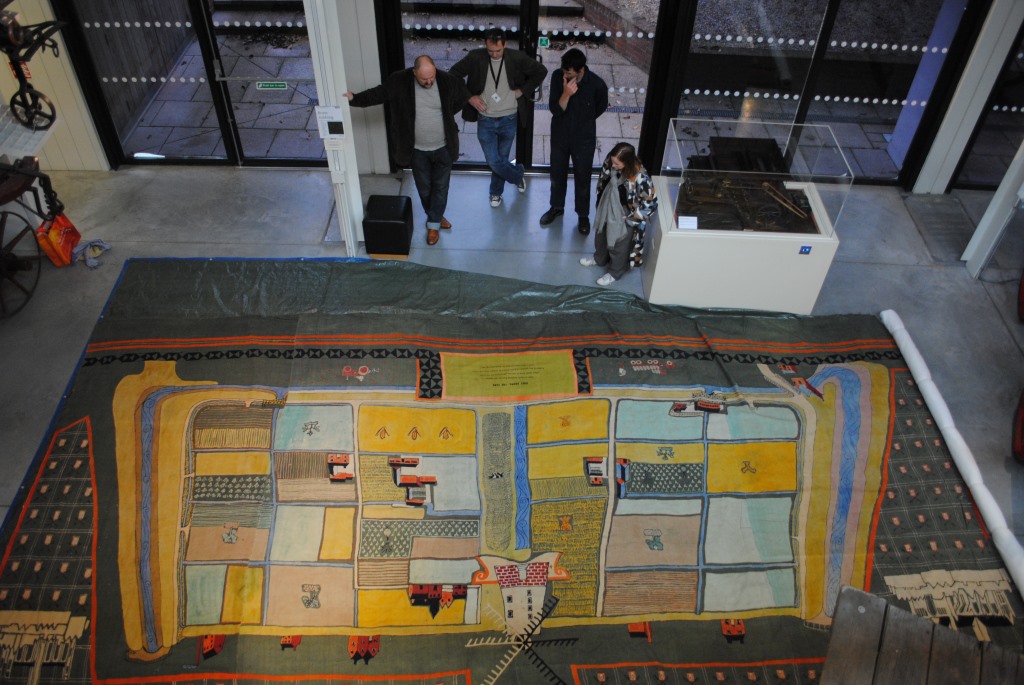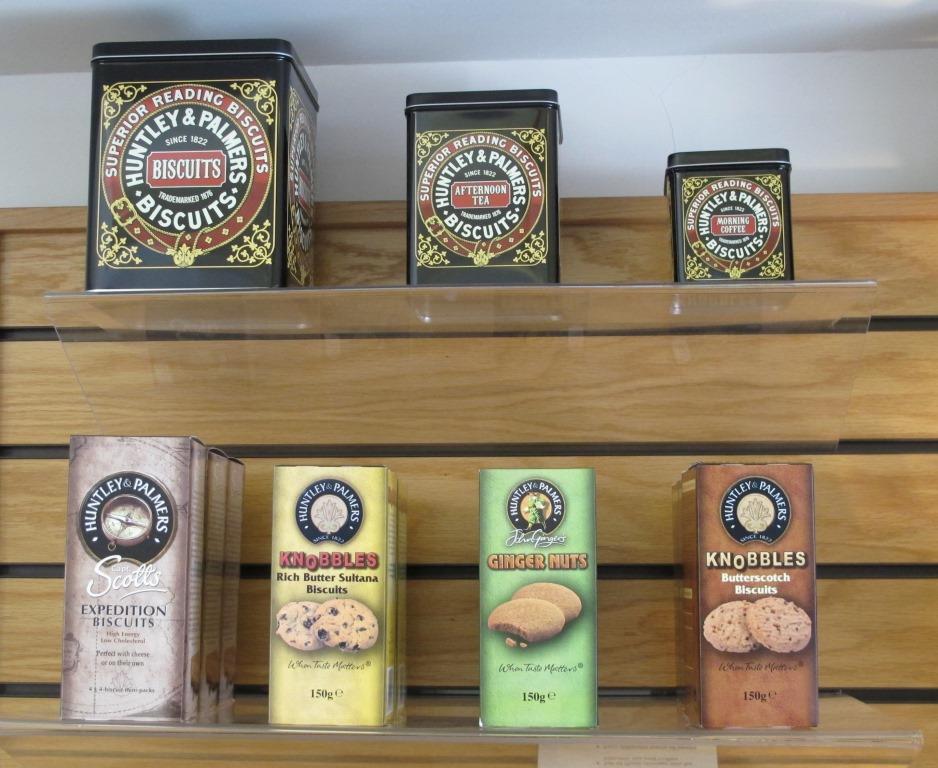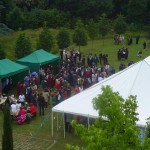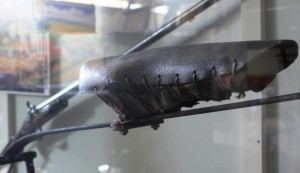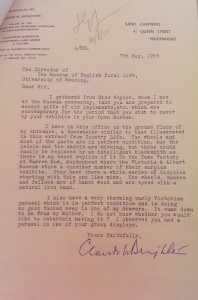You can find details of all our forthcoming events at on our What’s On pages, but here’s what’s happening at MERL this week…
Events
 The Arts of Peace: poetry in the garden
The Arts of Peace: poetry in the garden
Monday 28th July, 6.30-8.30pm
MERL garden (or indoors if the event of bad weather)
£3 per person. There are still tickets left, but to avoid disappointment, please reserve places by emailing merlevents@reading.ac.uk or call 0118 378 8660
Come along to a summer’s evening of poetry for the launch of the new Two Rivers Press book, The Arts of Peace: An Anthology. Hear readings by the poets, enjoy a glass of wine and take a stroll around the museum.

Guided tour
Wednesdays, Saturdays & Sundays, 3-3.45pm
Free, booking advisable
Let our fully trained tour guides tell you the stories behind the objects on display and visit the object store to see MERL’s hidden treasures.
Summer holiday family fun!
For details of all our events and activities for families this summer, download our new MERL families guide or visit the Family events page
 Weekly make and takes
Weekly make and takes
29th July to 3rd Aug – Hedgehog and squirrel finger puppets
£1 per child, drop-in
For details visit the Summer family events page on our website
 Our Country Lives family tour
Our Country Lives family tour
Tuesday 29th August, 2.30-3.15pm
Free, drop-in, suitable for families with children aged 5
As we prepare to start work on our Heritage Lottery funded redevelopment project, we are inviting families to come along and find out about the changes we are planning and how you can get involved. For further details visit www.reading.ac.uk/merl/ourcountrylives
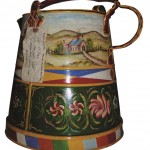 Celebration of Canals
Celebration of Canals
2 August, 2-4pm
Rising Sun Arts Centre, 30 Silver Street, Reading, RG1 2ST
Free, drop-in, suitable for all ages
On the same day as the Dead Rat Orchestra’s performance at the Arts Centre as part of their The Cut project, this free workshop will draw on MERL’s fascinating collection of canal art. Work with a Rising Sun artist to create striking large-format art.
Exhibitions
 Reading University College: WW1 and beyond
Reading University College: WW1 and beyond
Tuesday 1st April to 31 August, 2014
Staircase hall, MERL
Free, drop-in, normal museum opening times
Funded by Arts Council England as part of the Reading Connections project, and inspired by the University of Reading Memorial Book and Clock Tower memorial, this exhibition reveals the stories of the men and women with connections to the then Reading University College, who fell during the First World War. The exhibition also looks at the theme of War in a broader sense with interesting items from MERL and the Special Collections relating to other conflicts.
Part of our WW1 programme
 Collecting the countryside: 20th century rural cultures
Collecting the countryside: 20th century rural cultures
Until Autumn 2014
Temporary exhibition space
Free, drop in, normal museum opening times
Since 2008 the Museum of English Rural Life has been adding even more objects to its collection, with support from the Heritage Lottery Fund’s Collecting Cultures programme, in order to represent each decade of the last century. (Find out more in Curator, Isabel Hughes’ recent post) This exhibition gives a taste of what has been acquired and challenges visitors to suggest the modern-day objects that the Museum needs to collect for the future. The exhibition will help the Museum to explore how to incorporate more recent histories and representations of the English countryside into its displays as part of the new Our Country Lives project.




